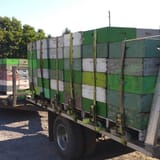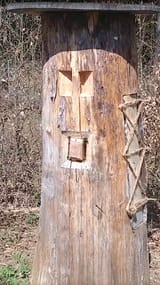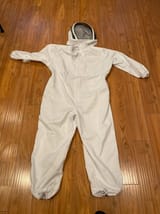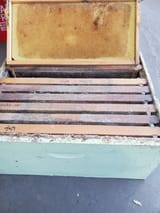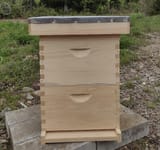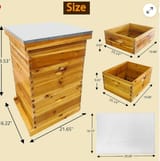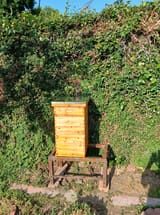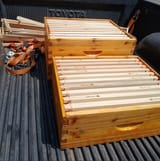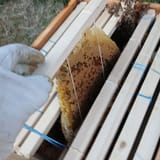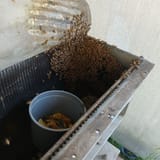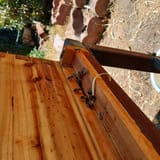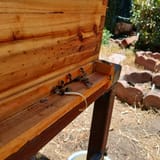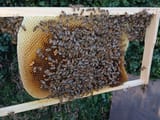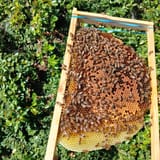>>2912302 (OP)
>What does /diy/ know about making skeps the traditional European way?
They suck. It's basically straw rope (rye straw - wheat and barley are too short to work properly) rolled into shape and sewn together with split willow, then covered in a mixture of cow dung (for the short fibers, horse or sheep could also work), lay (for the binder) and a small amount of burnt chalk (to stop rot).
Main problem is that you can't adjust the size. You either make them way to big, which increases the risk of your bees freezing in winter, or they'll be too small during summer and you'll have swarms pretty much every day. Modern bees are just bred to way too high performance.
Working with them is also a pain. You either need twice as many as you have colonies, "drumming" the bees into a new skep whenever you want o harvest honey (and killing the colony if they were just raising a new queen), or you need to use a L-shaped blade to cut off just the honey part of the comb (which is a pain to do, as the bees will attack you the whole time).
I started with a trad hive, and haven't regretted changing to a modern design even once.
>>2912327
>don't be a hobbyist beekeeper, because they're disease breeders.
>t. honeyjew
Half the "professional" large-scale beekeepers I know refuse to treat for varroa at all bcs muhexpenses, and constantly have to deal with fungal brood diseases. None of the hobbyists have those problems.
Also, Langstroth worked with movable frames, like modern hives have, but did so in such a terrible manner that his work was outdated within a few years. Half the chemicals he uses are impossible to get nowadays (not that you really need them - smoke and water suffice), and his hive setup massively increases the risk of accidentally crushing the queen compared to both more modern designs and traditional (= non-moveable comb) hives.

